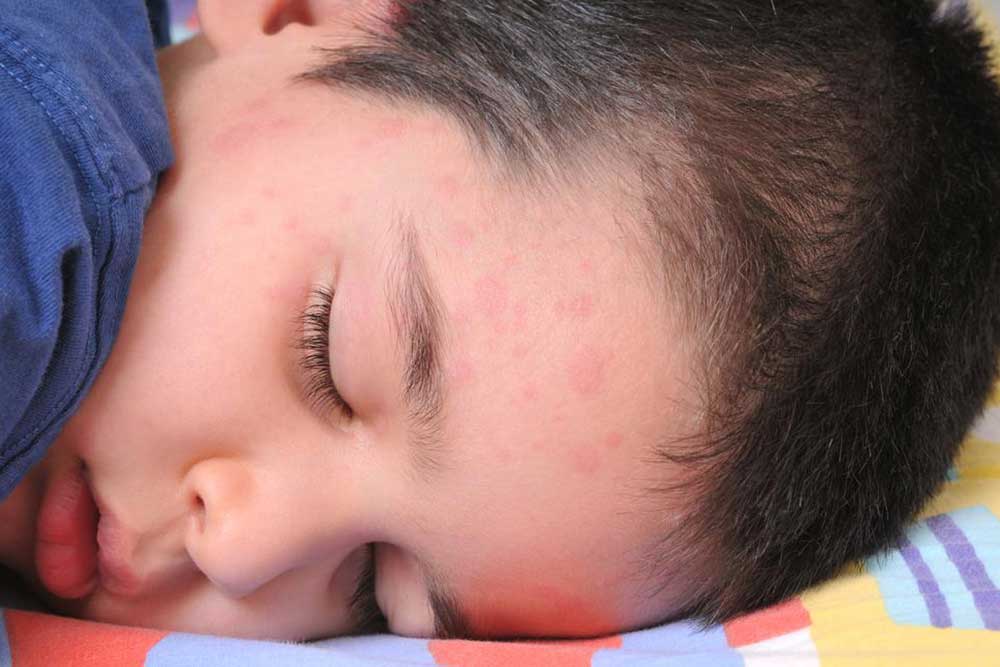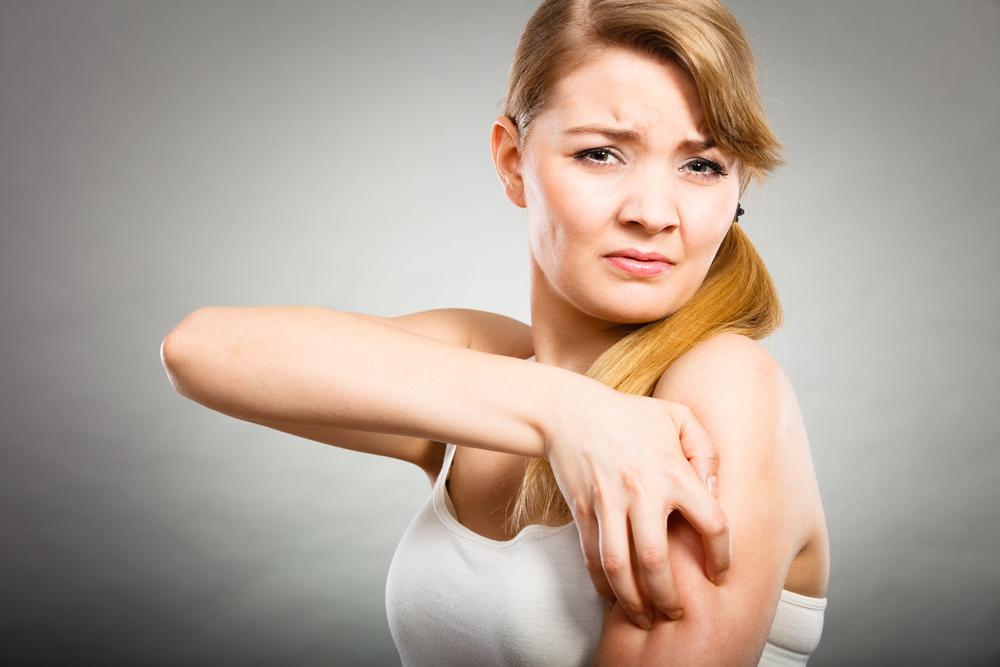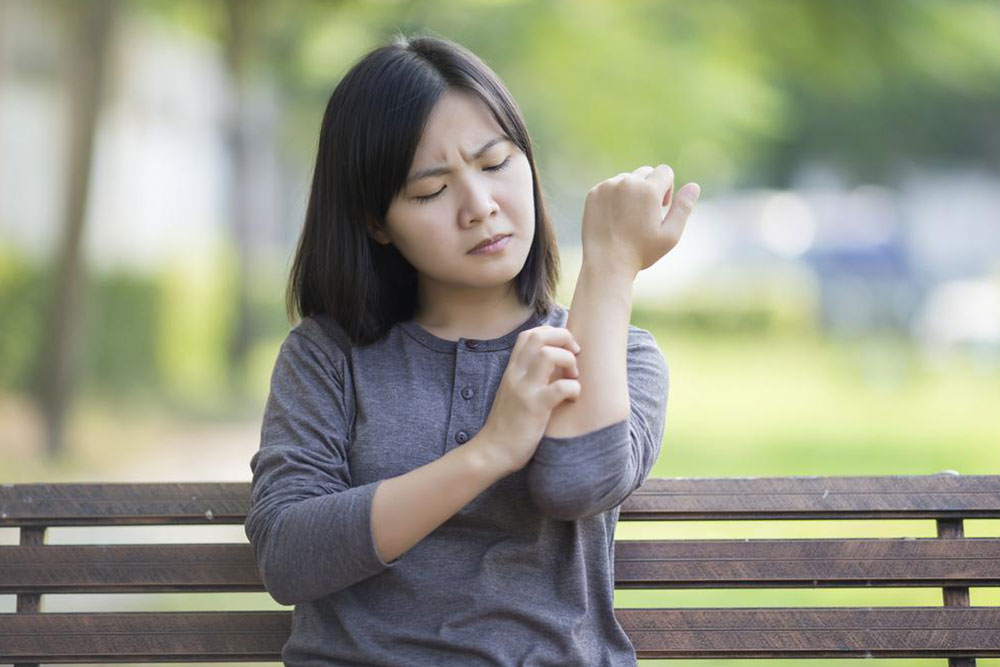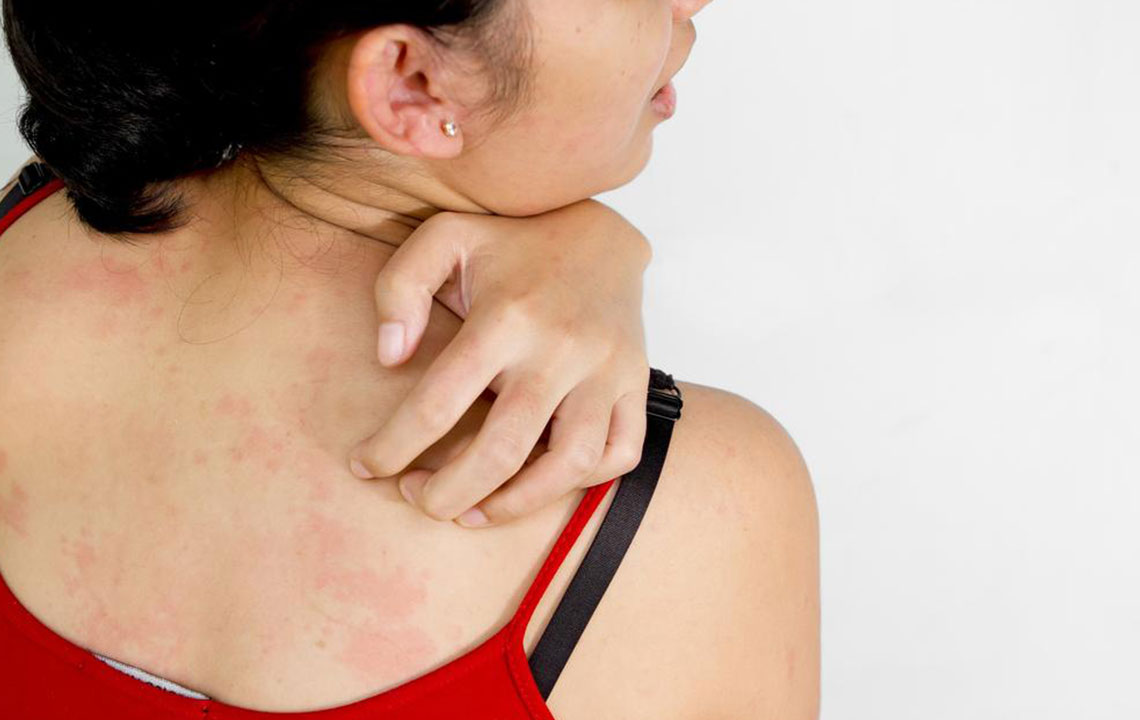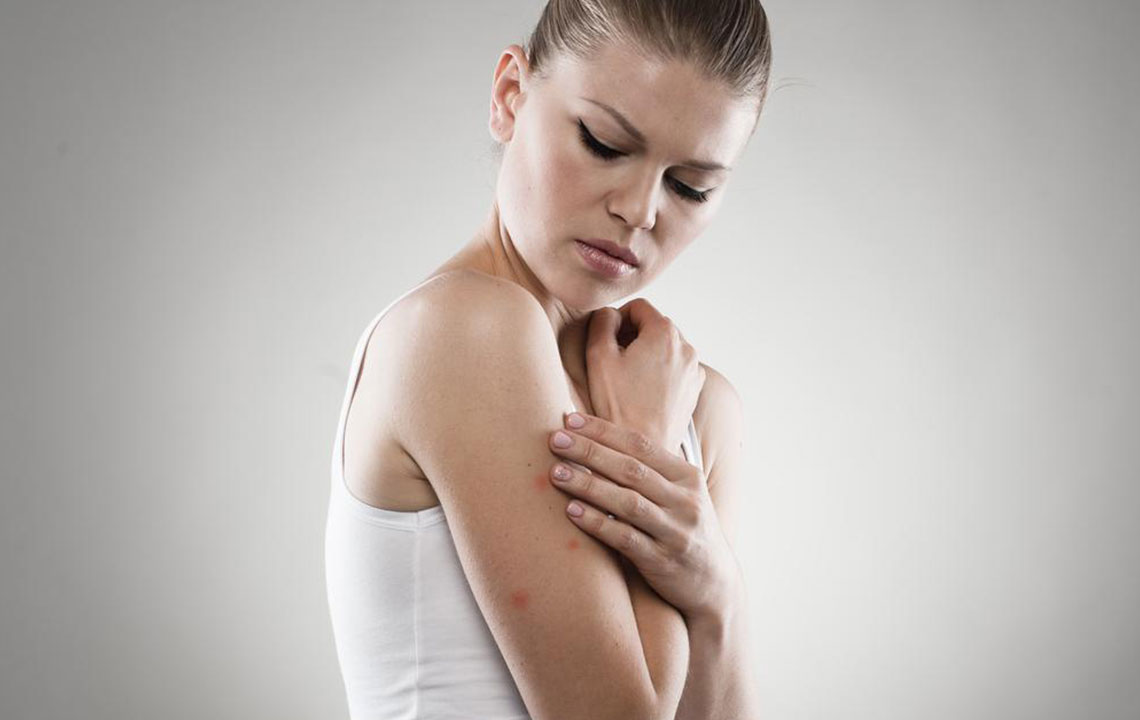Identifying Skin Rashes Through Visual Guides and Symptoms
Learn how to identify different types of skin rashes through visual cues and symptoms. This guide covers common rashes like eczema, contact dermatitis, drug eruptions, and heat rash. Early detection through images and understanding causes help in effective treatment and prevention, emphasizing the importance of consulting healthcare professionals for personalized care.

Skin rashes can develop anywhere on the body and result from factors like infections, immune system issues, allergens, or heat. A common condition linked to rashes is eczema, also known as atopic dermatitis. Recognizing rashes early helps in effective treatment and management through lifestyle adjustments and home remedies.
How to spot skin rashes?
Examining rash images helps understand their appearance. Rashes often cause itching and redness, and are typically chronic, recurring conditions.
Common rashes:
Christmas Tree Rash: Also called pityriasis rosea, this itchy, scaly rash starts as a single patch on the torso, later spreading in a pattern resembling a Christmas tree—noticeable in rash images.
Contact Dermatitis: Caused by allergic reactions to substances like cleaning agents or chemicals, this rash produces itching, bumps, and sometimes blisters, especially in sensitive individuals.
Drug Eruptions: Side effects from medications such as antibiotics or diuretics can cause rashes that appear within the first week, often improving after stopping the medication.
Heat Rash: Develops when sweat encounters obstruction, common in hot, humid weather. It presents as clusters of small red bumps causing prickling sensations. Variants include miliaria crystalline, which has clear fluid-filled bumps.
Remedies and Prevention: To alleviate skin rashes, avoid harsh soaps and irritants. Use prescribed topical treatments and seek medical advice for accurate diagnosis. Wearing cotton clothes, avoiding allergens, and limiting sun exposure can help prevent rashes.
Note: For accurate treatment, consult healthcare professionals. Rashes vary, and each type may require specific care. Some resolve on their own, while others need medical intervention.

